
Transcription
AMC 2012
Allied Media: Nation Inside.
Since 1992, the state of Wisconsin has witnessed its Department of Corrections approved budget more than double itself, growing from a mere $566 million in the 1992-93 biennial budget, to more than doubling itself to $1,136,178,000 in the 2011-2012 budget that was signed and passed by Republican Governor Scott Walker. An increase of substantial proportions to say the least.
Since 1990, Wisconsin's prison population has more than tripled. The good news is that crime rates in the state had fallen. Between the years of 1993-2002, violent crime was on the decline by 8% percent, also on the decline were non-violent crimes, like property crimes which had also fallen by an estimated 15%. Wisconsin's rates of violent crimes and non-violent crimes were the lowest within the Midwest and the United States as a whole. Moreover, Wisconsin citizens were less likely to be victims of crime in 2002 than ten years prior.
But then came the Truth in Sentencing Legislation, that was originally passed back in 1997 and was eventually implemented in 1999. So once the Truth in Sentencing guidelines were activated, it dictated that prisoners would be spending more time behind bars, bringing together with it, more additional and significant costs to the state. A Sentencing Commission was then established to review the current sentencing practices of the judges, the costs to the state and the developing of a more detailed sentencing guidelines, that judges would be required to consider.
According to Correction Forum magazine, during the last two decades of the twentieth century, expenditures for local and state corrections in the United States had increased by over 600%. State legislators in Wisconsin and across the country were hard pressed to balance the rising cost of corrections with the need to protect public safety.
Utilizing figures from the Wisconsin Department of Corrections, I'd like to start by reviewing the size of the state's prison population along with how much the housing of prisoners will cost in Wisconsin.
NOTE: To the Wisconsin taxpayer, my independent research has concluded that if the prison population in the state was cut down to say 7,000- 10,000 inmates. Your taxes would be 1/3 of what they are right now! Although I have never personally paid taxes before, this is strictly an opinion derived from the research I've gathered.
Moving on, since 1990, the adult prison population in Wisconsin has more than tripled, going from 6,533 in that year, to 20,917 in 2009, at a cost of $50,625 per inmate, totaling 1,136,178,000. In comparison to the state of Oregon, whose prisoner population within the same two decades, did exhibit a growth spurt early on, but has leveled off and steadied itself. {See chart below}
AMC 2012
Total prisoner population/years
Wisconsin Department of Corrections
1980-3,980
1990-7,362
2000-20,336
2008-22,443
2009-20,917
Oregon Department of Corrections
1980-3,177
1990-6,492
2000-10,553
2008-14,131
2009-14,365
NOTE: Oregon's biennial corrections budget in 2008-2009 stood at $713,821,000. $422,357,000 LESS than Wisconsin's, averaging $50,515 per inmate received in their department of corrections. So, in my opinion and that of others... It is safe to assume that the state of Oregon has successfully done the correct things with their corrections budget by "properly and wisely" investing their tax dollars in the necessary places it needed to be, like rehabilitation programs and education. Yes, these things still exist and does work!!!
Between 1993-2002, the crime rates within the state of Wisconsin's borders had been somewhat busy. Violent crime had declined by more than 8%, along with property crime that has declined by 14.6%. According to the State of Wisconsin Office of Justice Assistance. In addition, Wisconsin's rates of crime are comparably lower than in the remaining states inside the Midwest and the rest of the United States, as a whole. Other statistics further support the state, because in 2002, the violent crime rate was 48.5% LESS than the Midwest rate and 55.9% LESS than the United States rate.
NOTE: According to the Uniform Crime Reporting Program's definition, violent crimes involve force or threat of force, and the reports of violent crimes are collected and placed in four offenses; Murder, Forcible Rape, Robbery, and Aggravated Assault.
So, what is the state of Oregon doing inside the confines of their prisons that we in Wisconsin aren't? Or is it simply a question of, what are we doing wrong?? If you have any suggestions, please direct them to:
Governor Scott Walker
Telephone: (608) 266-1212; Fax: (608) 267-8983
E-mail: governor@wisconsin.gov
Mailing address: Office P.O. box 7863, Madison, Wi. 53707-7863
AMC 2012
On May 15, 2011, there was a major new study on recidivism rates that showed a stability over a specific time frame and a variation among the states. It read in part that, "about 40% are returned to prison within three years of their release. About half are returned for violations of parole conditions, and half for new convictions." Return to prison rates widely varied amongst the states, Oregon recorded the lowest recidivism rates at (22.8), while Minnesota had the highest (61.2). Wisconsin currently has a 46% recidivism rate, one that is slightly higher than the national average.
Oregon has proven to have done something correct with their prison budgets, based on this state significantly standing out with a substantial drop in their recidivism rates that once stood at 33.4% (1999) and within five years had dropped to 22.8%.
This is a blueprint that every state should follow. Oregon inmates receive "risk and needs" assessments at intake, and "targeted case management" during their incarceration. In addition to "transition planning" that begins six months before an inmates release. Within the community, probation officers utilize a sanctioning gird to impose swift, and certain consequences for violations, thus creating consistency across offenders, from county to county. But in both settings, offender rehabilitative programs are anchored in research and continually monitor and update to optimize their effectiveness for the inmates success. One thing that taxpaying citizens MUST remember is that the prison system was put into play to not only punish an individuals criminal behavior, but it was ALSO created to EDUCATE, REHABILITATE and eventually AMEND that persons negative behavior, building a more positive behavior that is customary to society! Take from me, no one wants to be in prison, but one must make the best of the situation at hand, by educating his or herself to be so much better after incarceration, than before. The state of Wisconsin needs to get rid of their draconian practices concerning its correctional institutions, let's educate people as to what is not accepted and not simply house them! Thank you for your time in reading this, it was simply a thought from WDOC inmate #228507
I am,
Marcus D. Austin
RGCI P.O. box 925
Redgranite, Wi. 54970
[image]
Other posts by this author
|
2011 jun 11

|
2011 may 22

|
2011 may 6

|
2011 may 2
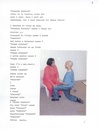
|
2011 may 2

|
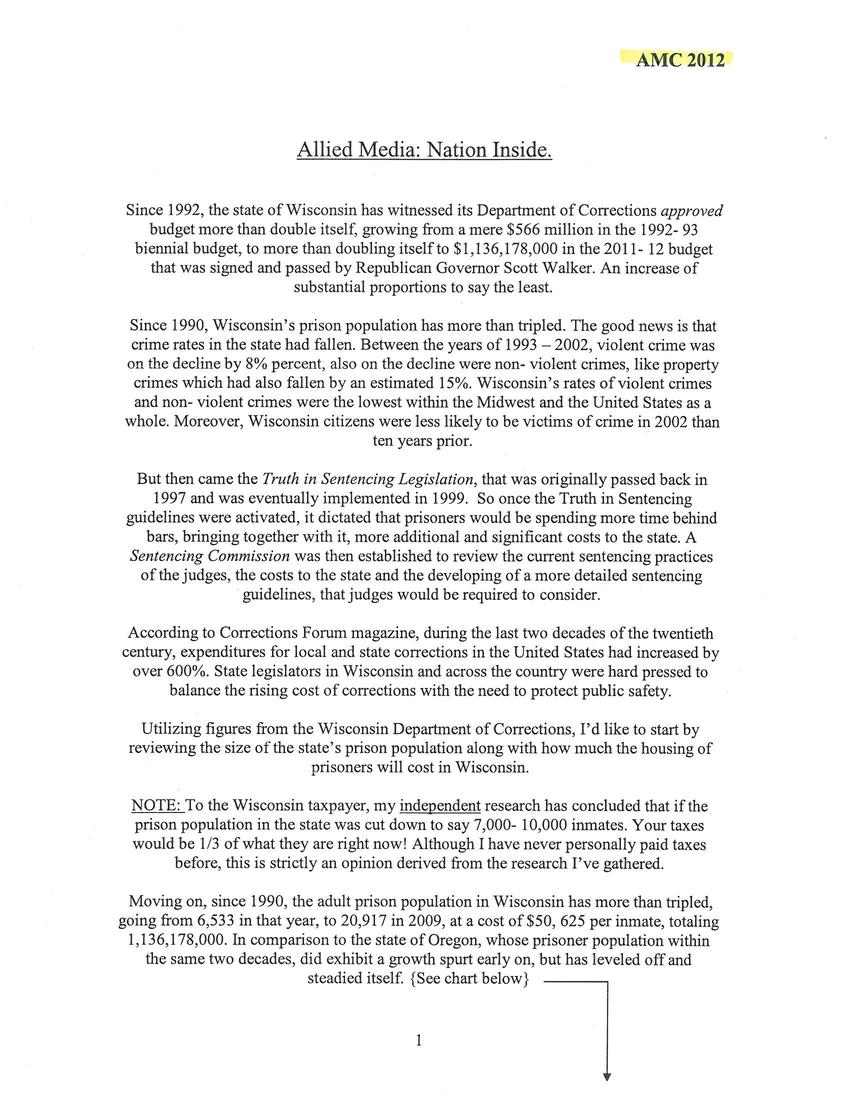
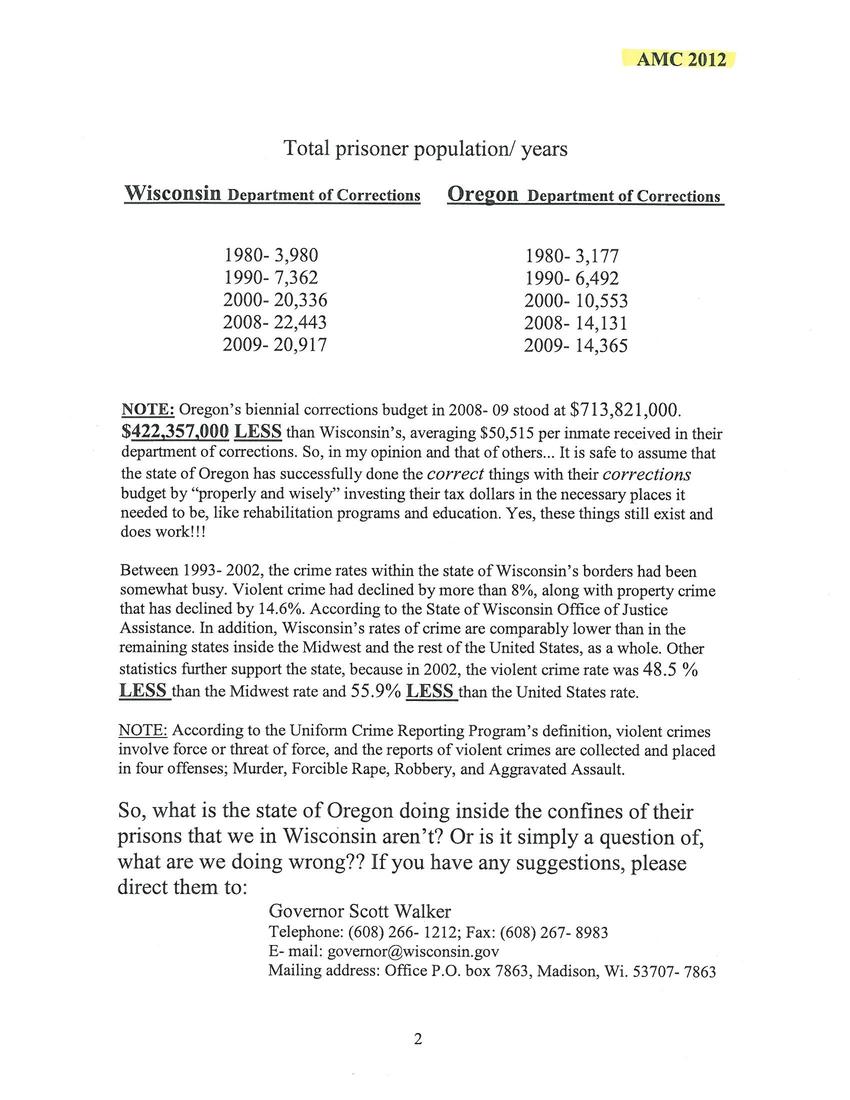
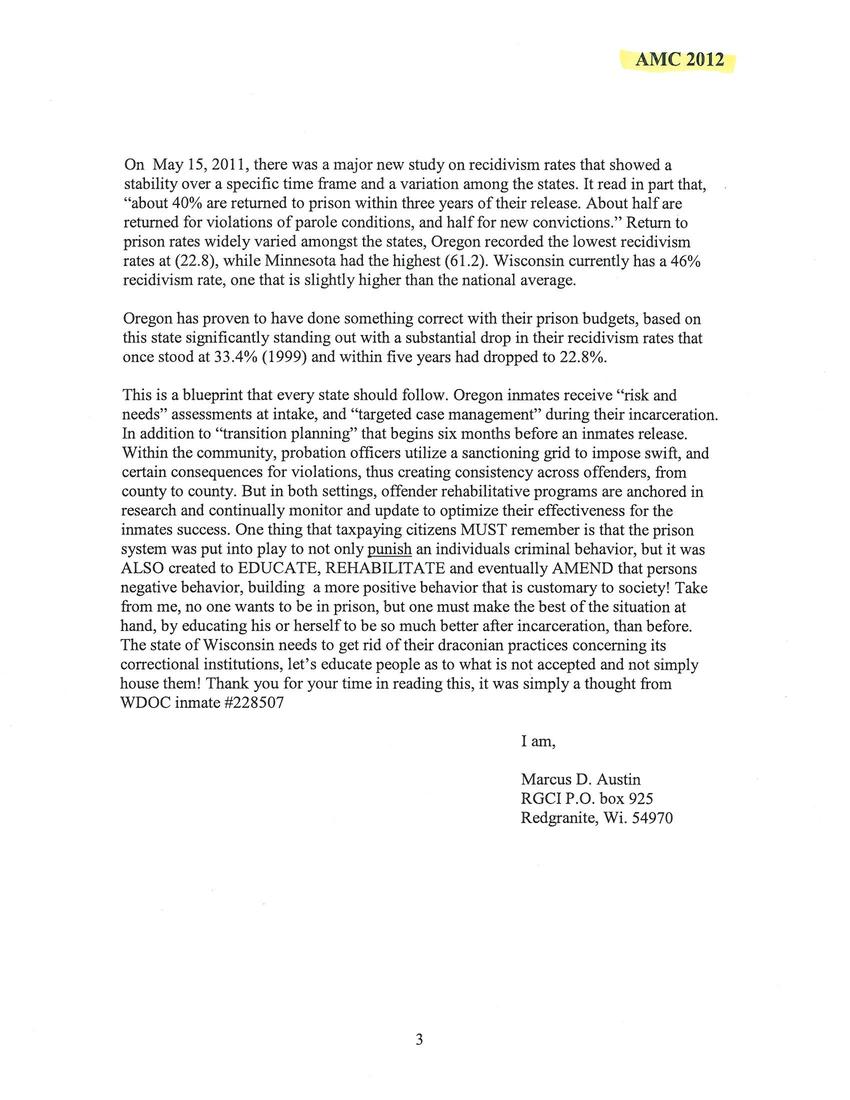
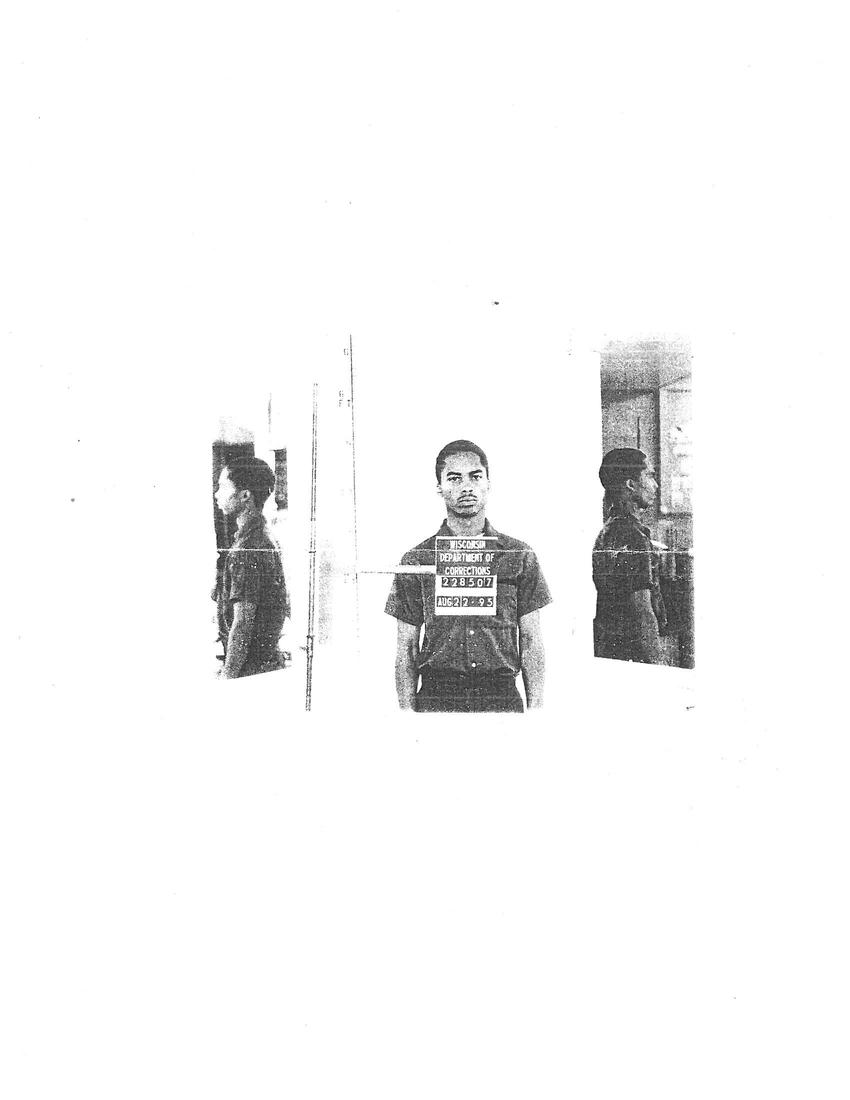

Replies